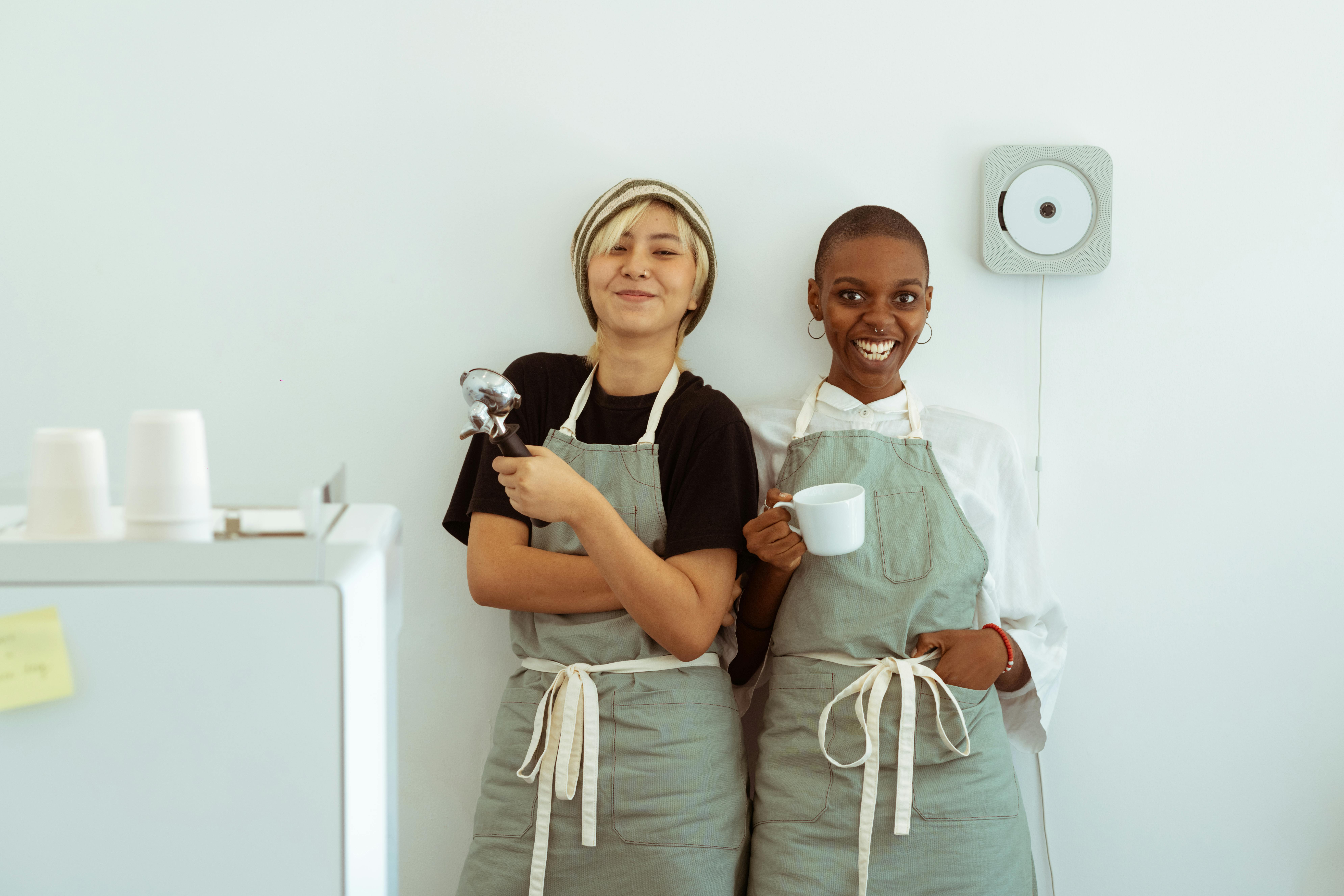Journey to the Revda – Settlement of the few Kola Saami, Russia
My future hostess, a Saami woman, told me by phone that the temperature had dropped to -50°C. From my previous personal experience, I knew this was not possible, and I was right. In the state of Illinois, we have much cooler temperatures than in this region of the world, sometimes dropping below -30ºC. Anyway, he was equipped with warm clothes to be ready for any kind of surprise.
It was a cold winter day. From the airplane window, I saw a range of hills. We walked to the airport through the snow, and it seemed like no one bothered to clear the walkways. Entering the baggage area, from a distance I recognized my hostess. She reminded me of a Saami, a short woman with a large round face, dressed in a long fox fur coat.
The road to the Revda (by western standards) was in excellent condition, wide and shoveled. We stopped at a roadside store where drivers and locals alike could buy several varieties of frozen fish and other frozen goods. This temporary little place could only be noticed by its Russian flag. It was interesting to see this little unheated fish shop standing in the middle of nowhere. A dog greeted us. While driving for a bit, we came across another well-known local landmark: a large roadside tree known to locals as “Lenin”. His profile is very reminiscent of the same silhouette of Lenin that rested on the coins of the former Soviet Union.
We arrive in the small town of Revda to find a high-rise building, private houses, a church, and several concrete buildings. At that time, Revda, as a result of the closure of some companies and the removal of people from the mines, was almost unoccupied. The settlement had been basically built of wooden barracks before 1967, and after the railway started, many high-rise houses were built. Buildings of more than five stories were being built in large cities or in those settlements that had prospects for considerable growth.
Seeing nine-story apartment buildings at the Arctic Pole shocked me, especially since they were nearly empty at the time. What kind of governance, architectures, and other stakeholders were involved in this project? Did they know (or at least ask or ponder) how much it would cost to maintain high-rise housing? To my knowledge, no one knows the real cost of keeping concrete buildings in acceptable living conditions. The families that still lived in these buildings would spend hours without heat or electricity.
These days, there are 9,700 people living in Revda. In the Revda located a Joint Stock Company “Sevredmet”. The JSC produces loparite concentrate, raw material for tantalum, niobium and rare elements, partly titanium. Before the collapse of the USSR, this company met seventy percent of the country’s demand for rare metals and eighty percent for niobium. The raw material source is a unique Lovozero deposit, with underground mines at Karnasurt (since 1951) and Umbozero (since 1984). During the last decade, the company has faced serious difficulties due to a crisis in product sales.
I spent several days with a Saami family in Revda, about twenty kilometers (eight miles) from Lovozero, the center of the Russian Saami. I tried to learn from my Saami hostess something to share in the future with my readers about Saami culture, history, family values, traditions, clothing and other details from the inside. Even, perhaps, to learn some interesting facts about the art of the shaman. Saami called these people Noaides.
According to my hostess, Olga, her parents were Saami. Her father, Olonkin Serge, was a famous hunter on the Kola Peninsula. Sometimes Serge was paid well: for killing eighteen male wolves, he received five mail reindeer and a doe plus 2,500 rubles; for killing five female wolves, he received five deer and one stag and 3,000 rubles. He had many government awards. Her mother was a manager of collective dairy farms and had been part of a family that was persecuted by the government at the time of collectivization.
Serge had six sons and a girl. He came from a family of fifteen sons and one girl. Later, Serge was forced to move with his family to Lovozero from the Voronya settlement, like all the Saami. At that time, the government began building Sovhoz, a large collective farm, huge plants, manufacturing facilities, mines, military bases, and power stations.
The former Soviet Union completely changed the Kola Peninsula before World War II and nearly wiped out the Saami as an ethnic group after the war. Colonization by different neighboring countries, as well as aggressive or hidden conversion to Christianity, the disappearance of the small ethnic group was almost total.
